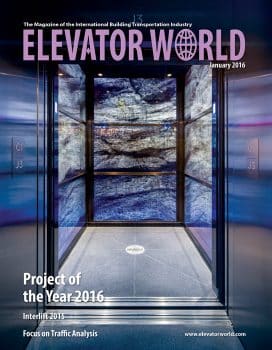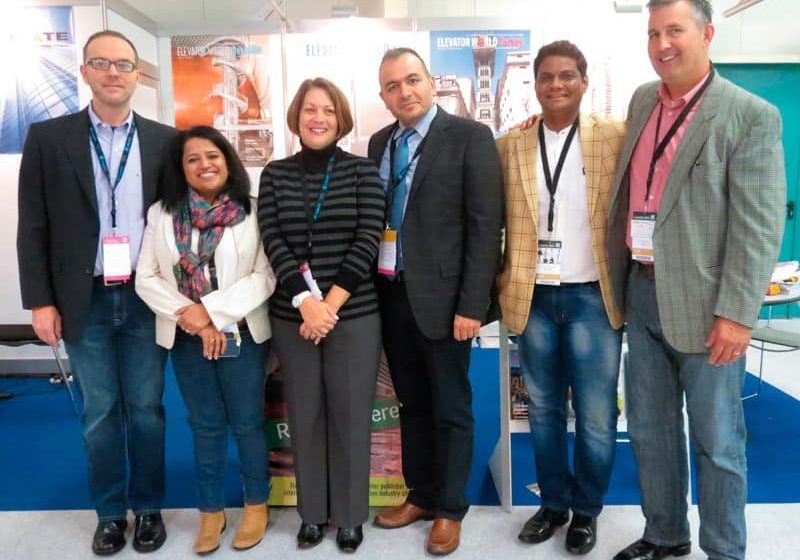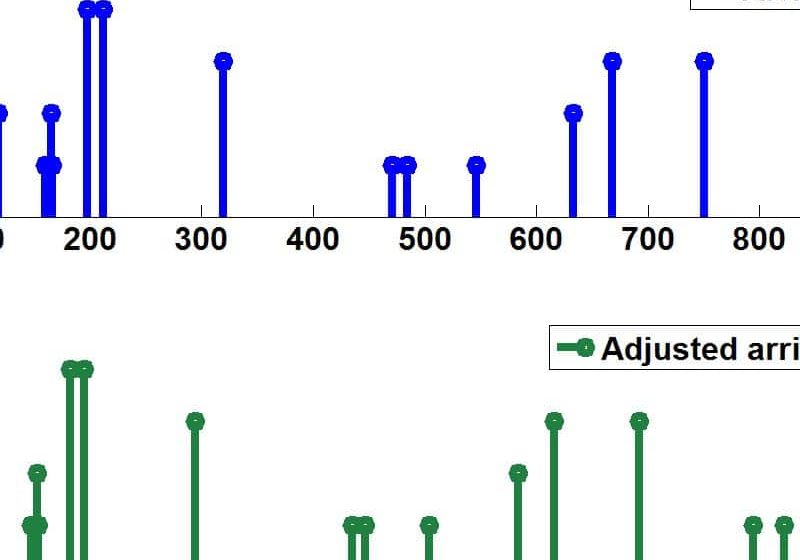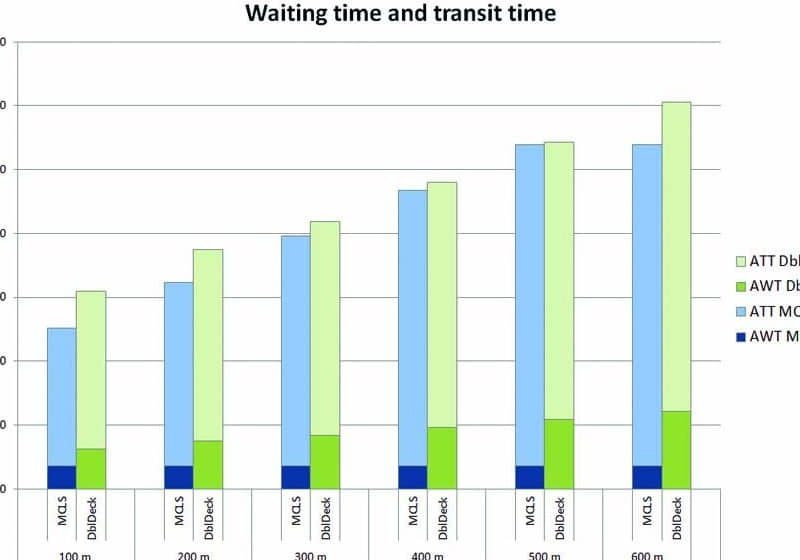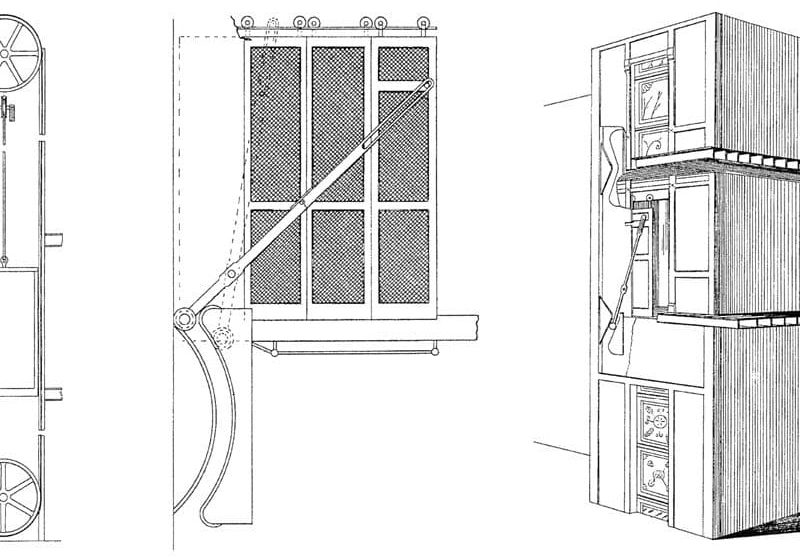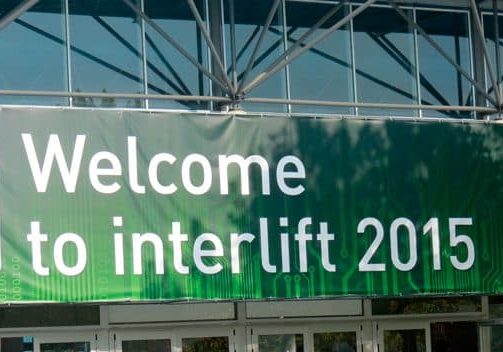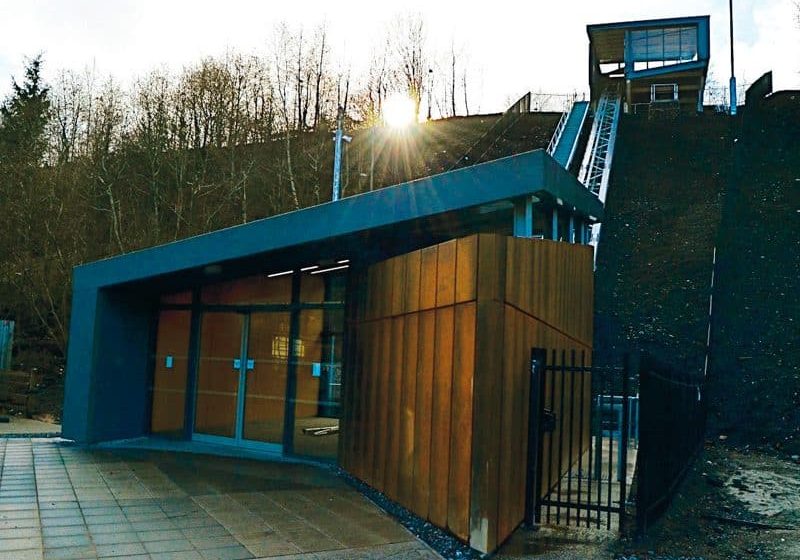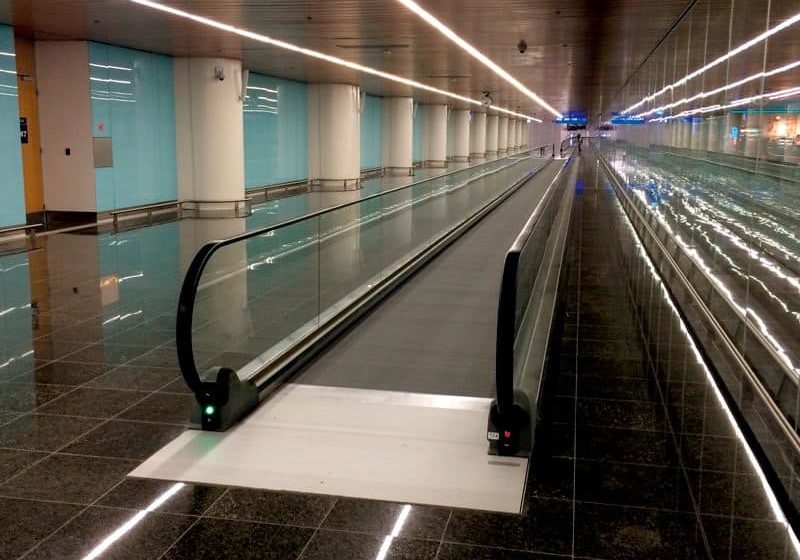Rome Subway Line C
Jan 1, 2016

One of the country’s largest public-works projects drives ThyssenKrupp Elevator Italia to overcome big challenges.
Rome, Italy
submitted by begoÑa flores canseco, thyssenkrupp elevator
Rome Subway Line C is the most important public-works project undertaken in Italy in the past 20 years, and its vertical-transportation system, including escalators, is integral to it. The escalator system ThyssenKrupp Elevator Italia provided involved close collaboration with the customer, significant man hours and careful calculations as project managers and crews were required to delicately work around ancient historic sites, both above and below ground. The whole project is expected to be completed by 2020, when the Fori Imperiali/Colosseo station is scheduled to open.
The objective is to link Rome’s outermost eastern suburbs to downtown. The project encompasses 30 new stations along approximately 25 km, the longest stretch of urban rail transportation in the country.
The main aspect of the endeavor is the archaeological context in which it takes place. Rome has a remarkable historical heritage both above and below ground, and 17 km of Line C will be below ground. The history of Line C began in the 1990s, when preliminary projects were carried out along with environmental impact assessments. Bids were solicited in February 2005, and ThyssenKrupp Elevator Italia was awarded the largest contract in the Italian elevator industry, as the sole contractor, in 2009.
The job consisted of 77 new installations, 50 of which are ThyssenKrupp units—21 Tugela escalators and 29 Latitude elevators—with approximately 24,000 passengers per hour traveling on the system at any given time. It is notable that all the trains in Line C will be driverless, the first major public-transportation infrastructure in the country to be remotely driven and automatically controlled.
The project has three main sections:
- From Pantano to Parco di Centocelle, the first functional section, finished in 2014 (15 stations)
- From Parco di Centocelle to Lodi, the second functional section, finished at the end of 2015 (six stations)
- From Lodi to Fori Imperiali/Colosseo, presently in the design phase, scheduled for completion by 2020 (three stations)
Project Details
The first archaeological studies commenced in May 2006. By the end of 2008, all Line C construction sites were opened. By early 2009, ThyssenKrupp Elevator Italia had presented all the technical designs adapted to anticipated passenger flow, for each vertical-transportation system.
The project required us to deploy more than 370 mT of material among 21 construction sites, where there were technicians, project managers, assembly managers and supervisors who put in approximately 50,000 working hours over five years. As with most big public projects, schedules were subject to change, mainly due to the discovery of important archaeological sites during excavation. For example, some stations were approximately 10 m above sea level, while other structures were as deep as 30 m.
Despite challenges, the experience, technological knowhow and support of a large international team allowed ThyssenKrupp Elevator Italia to set up and check each of the 50 installations on schedule. The company was eventually awarded a maintenance contract for all Line C installations.
The opening of the subway’s first functional section took place on November 9, 2014, when the last station built in Parco di Centocelle opened, and the first automated trains started running.
Since the beginning of 2015, another six stations were completed, and our project managers are now focused on construction of the next three stations by 2020. This last section will allow Line C passengers to connect with the other two subway lines in the city’s historical center. This section comprises only three stops. However, constructing it will be the most complex, mainly because of its extreme proximity to historic landmarks. The construction site for the station, for example, is right in front of the Colosseum.
To handle such a huge project, it was fundamental to establish a relationship of total trust with the client, to which we became more than a supplier—also a specialized consultant and partner. Since the beginning of 2009, ThyssenKrupp Elevator Italia has a highly qualified staff made available to subway officials that has analyzed each of the construction projects for the nine stations, concentrating on expected traffic volume and usage estimates for each transport system.
This analysis led the team to the most appropriate products to guarantee maximum safety, comfort and reliability—the Latitude elevator and Tugela escalator. Both have been used in large public-works projects and demonstrated versatility and robustness under various conditions.
Tugela Escalator
The Tugela escalator adapts to extreme weather conditions for high efficiency 24/7. Extensively tested in transit stations, pedestrian areas, galleries and underground passages, Tugela is energy efficient and rugged. In the absence of users, the escalator slows. It gains speed only when sensors detect a user entering the platform. Thus, not only is energy spared during long periods of inactivity, but material wear and tear is minimized.
By the end of 2015, ThyssenKrupp Elevator Italia had installed all 21 Tugela units, all with a 30° angle and rises ranging from 4-21 m.
Parco di Centocelle Symbolizes Project Conclusion
Parco di Centocelle became a symbol of the conclusion of a project lasting many years. In that station, ThyssenKrupp Elevator Italia boasts the largest number of installations: eight Tugela escalators and three Latitude elevators.
Excavation ended in 2010, and construction on the station began in 2012. The final tasks included building a wide entrance hall and five levels—one above ground and four below. The expected influx was approximately 1,200 passengers per hour with peaks of 1,500 during the first days after opening.
One of the major challenges faced by ThyssenKrupp Elevator Italia was accessing the station’s underground levels. The installation of the eight Tugela escalators was only possible when construction of the station was fully complete.
The non “open-air” structure made the traditional introduction of escalators from above, using a crane, impossible. Even if our installation team had already faced this problem in previous stations, it had never been required to work at such depths. The only possible approach was to bring the escalators into the station lobby, anchor them to the ceiling, then lower them through a hole to the next level down using a complex pulley system. This operation was repeated until the escalators reached the lowest level of the structure.
In only 90 days, ThyssenKrupp Elevator Italia transported almost 85 mT of material into the station and installed all escalators and elevators in full compliance and on deadline.
Credits
- Owner: Roma Subwaypolitane
- Developer: Consorzio Subway C (Vianini, Astaldi, CMB)
- Project director: Ing. Robert Sorge
- Vertical-transportation contractor: ThyssenKrupp Elevator Italia S.p.A.
- Escalator manufacturer: ThyssenKrupp Elevator Norte
- Safety coordinator: CSE Ing. Gargiulo-studio L.A.G.I.
Get more of Elevator World. Sign up for our free e-newsletter.

